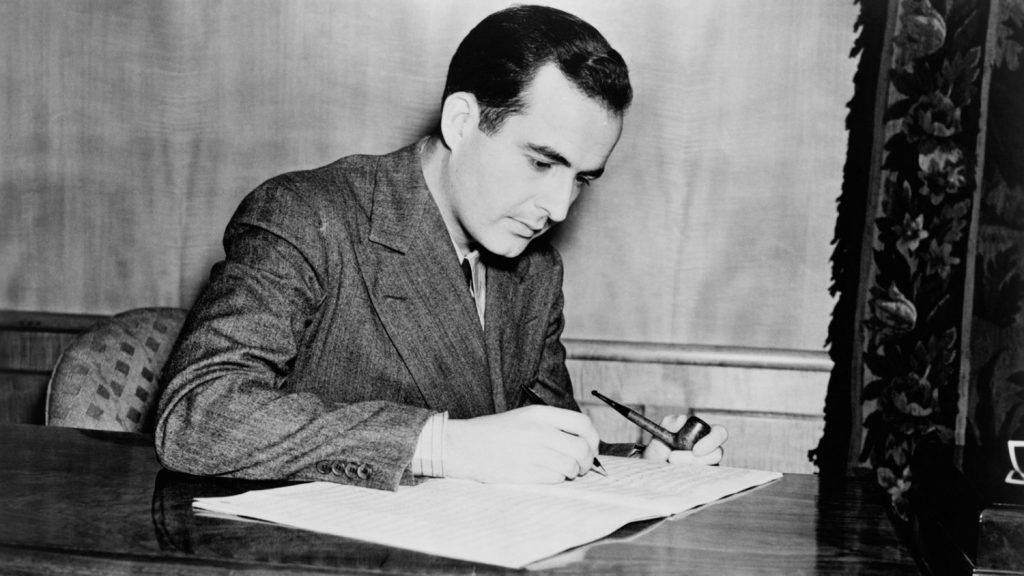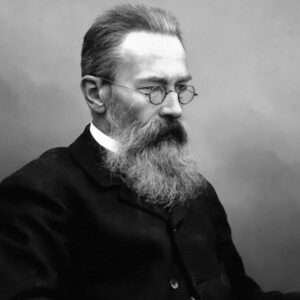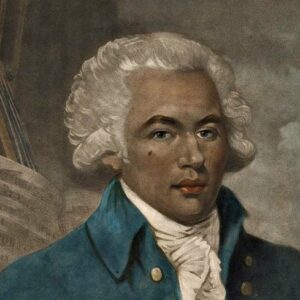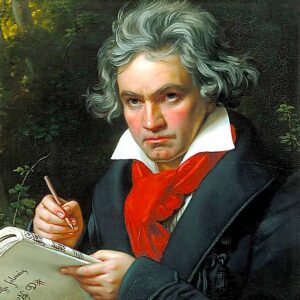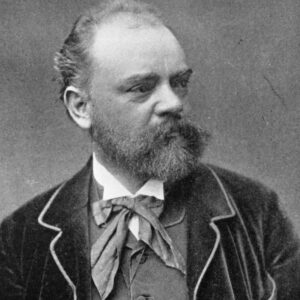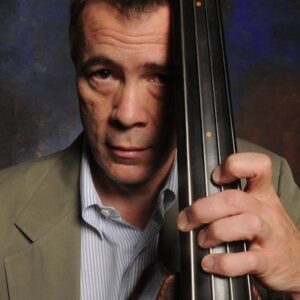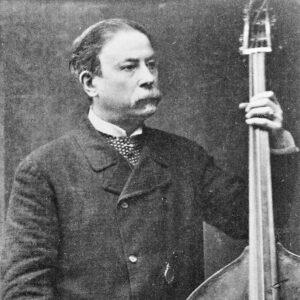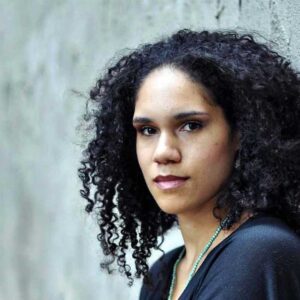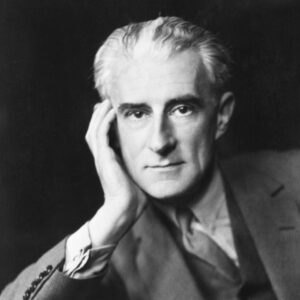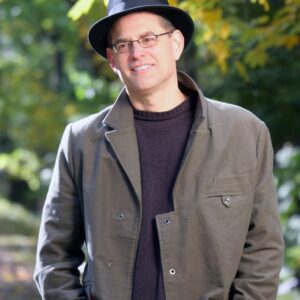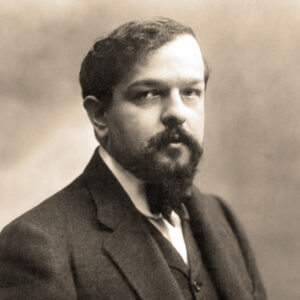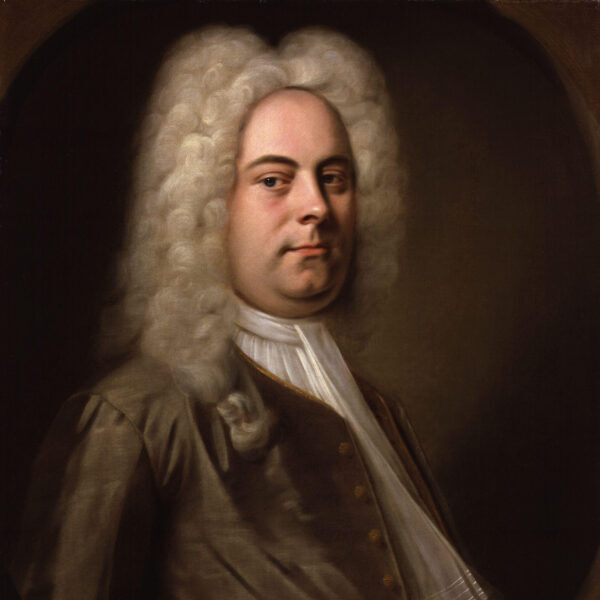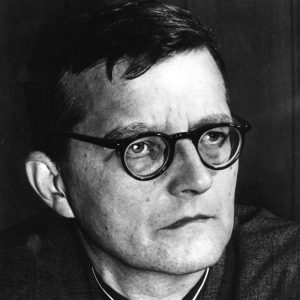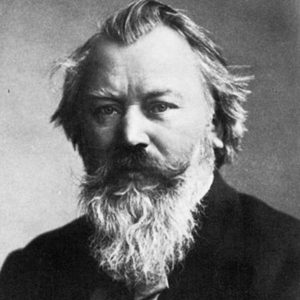
The great American composer Samuel Osborne Barber was born in West Chester, PA on March 9, 1910 and died in New York City on January 23, 1981. A precocious talent from an early age, Barber demonstrated mastery as a composer during his studies at the then newly founded Curtis Institute of Music in Philadelphia. His Concerto for Violin and Orchestra is in three movements and was composed between the summer of 1939 and July 1940. It received its first public performance on February 7, 1941, played by Albert Spalding with the Philadelphia Orchestra directed by Eugene Ormandy. It is scored for solo violin, 2 flutes, 2 oboes, 2 clarinets, 2 bassoons, 2 horns, 2 trumpets, timpani, snare drum, piano, and strings.
The story of the origin and compositional history of Samuel Barber’s Violin Concerto reads like a soap opera—literally. Its commission came from the laundry soap manufacturer, Samuel Fels (of the Fels Naptha fortune), whose adopted son, Iso (née Isaak) Briselli, was an accomplished violinist, born and schooled, along with many of the great violinists of the twentieth century (David and Igor Oistrakh, Nathan Milstein, Joseph Roisman, Dmitry Sitkovetsky, and others), in the Ukrainian port city of Odessa. Barber was recommended to Fels by Gama Gilbert, a former violin student of the famous teacher, Carl Flesch. Fels offered Barber $1,000 for the concerto—a handsome sum in those days, with half to be paid down, and the other half to be paid upon delivery.
What happened next is shrouded in some mystery and controversy. Evidently, Briselli was very unhappy with the Presto in moto perpetuo final movement. Part of the controversy rests on the claim, once given common currency, that Briselli found the solo part of the finale “unplayable.” Another version has it that he found the movement to be too “light weight” in comparison to the first two movements. Yet another version suggests that he found the finale’s harmonies, shifting meters, and chromaticism too “modern” for his taste. Whether any of these stories is true may never be known, but thanks to Barbara Heyman’s authoritative biography of the composer, we can be sure that Briselli’s unhappiness was real enough, despite Barber’s attempts to demonstrate the movement’s playability and suitability. By this time, the composer began referring to his “concertino” as his concerto da sapone (a double-entendre, if ever there was one!). Briselli never performed “his” concerto, and the first public performance was given by Albert Spalding and the Philadelphia Orchestra (Eugene Ormandy conducting) on February 7, 1941, to great critical acclaim.
Despite its initial positive reviews, Barber’s Violin Concerto would have to wait a while before entering into the solo violinists’ core repertory. Among its most ardent champions have been Jaime Laredo and the late Isaac Stern. Many other major artists have made it a regular part of their concerto repertoire, much to their own delight, and that of audiences around the world. It has taken its place in history, not only as a wonderful example of Americana, but as one of the great violin concertos.
The first movement, Allegro, is a portrait of lyricism itself (Barber was an important composer of opera and vocal music). The romantic opening melody is joined with a whimsical quality brought about through a gentle concluding idea with its distinctive and unforgettable “scotch snap” (short-long) rhythm. While most of the movement is characterized by gentleness, pain too makes its appearance, especially at the start of the central development section. The Andante begins with a ravishing melody in the oboe (one might think of the second movement of Brahms’s Violin Concerto here). Modern audiences, upon hearing the finale, might well wonder what all the fuss was about. Its rapid-fire motion dispels the implied energy of the earlier movements, all the while giving the soloist ample challenges and opportunities for technical fireworks.
Notes by David B. Levy © 2006
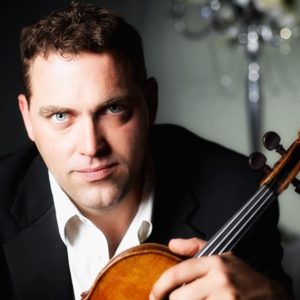
Violinist Steven Moeckel returns to Winston-Salem to perform the Barber Violin Concerto on April 28 and 30, 2019. Learn more about the other pieces on this program.



